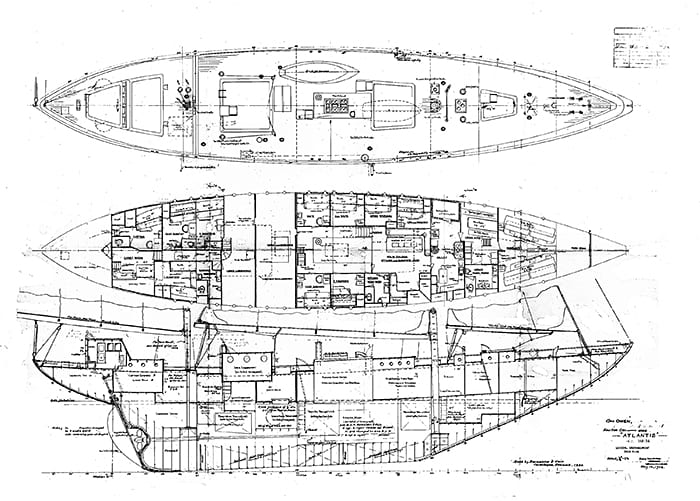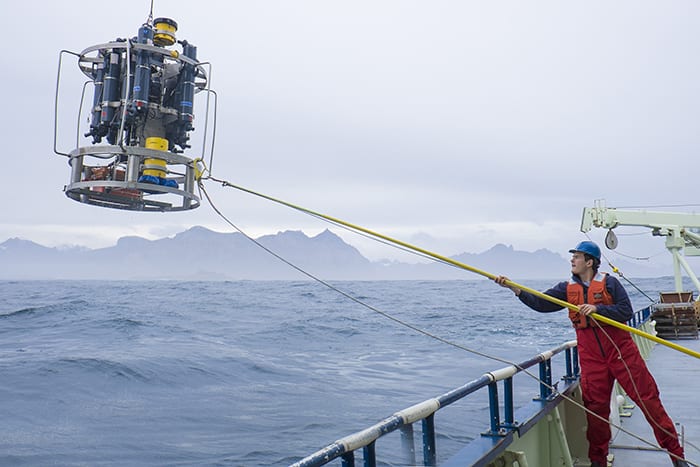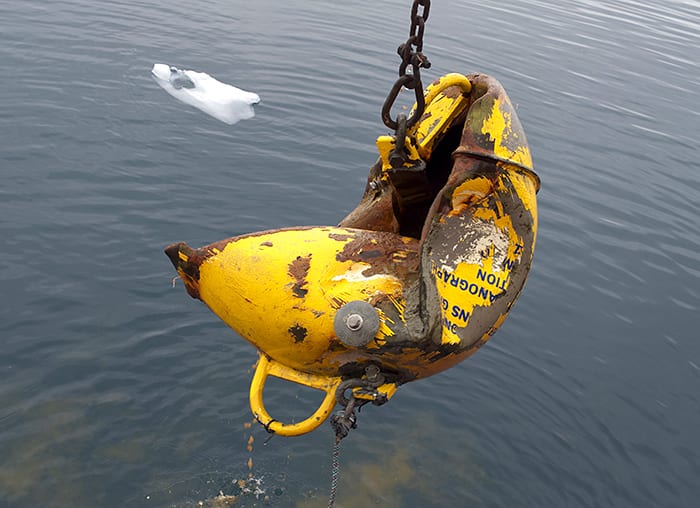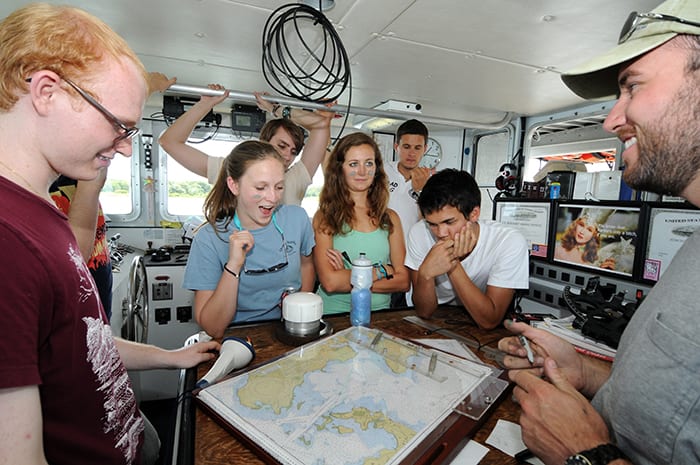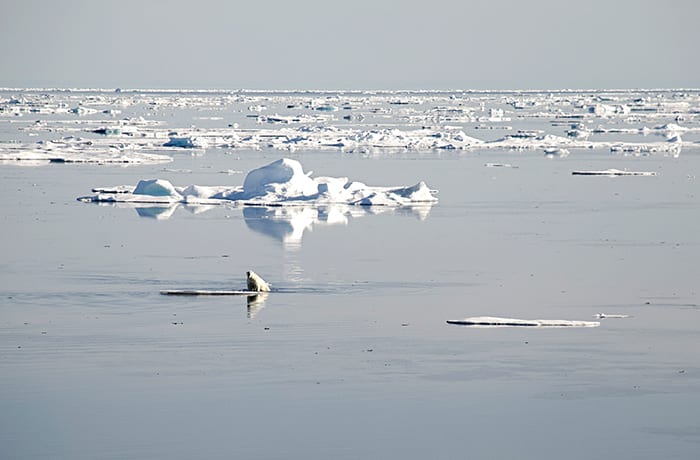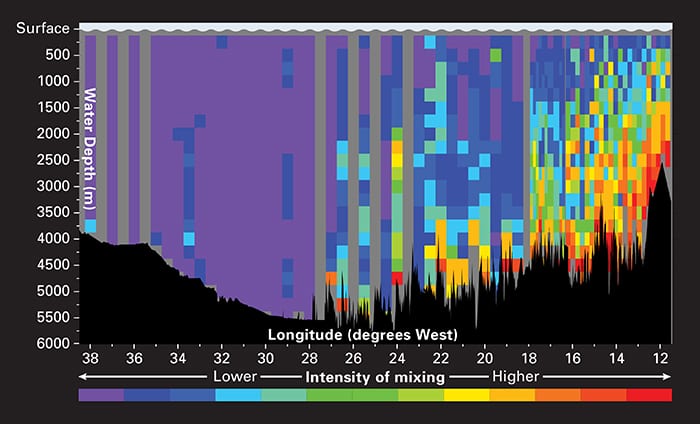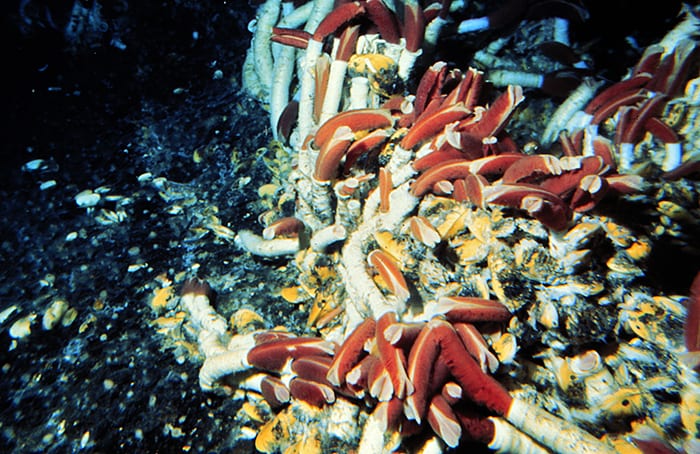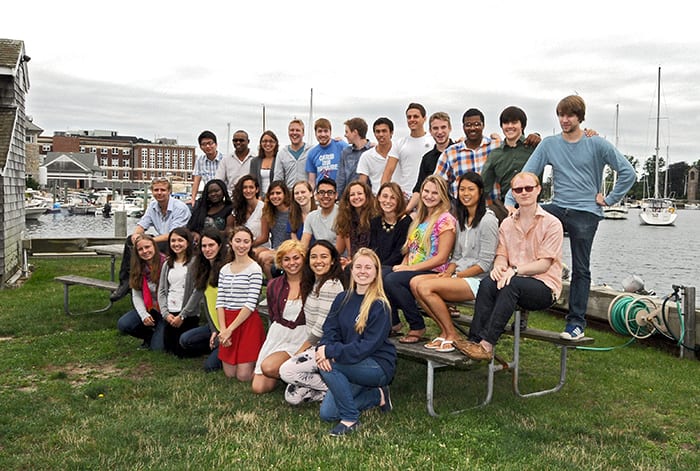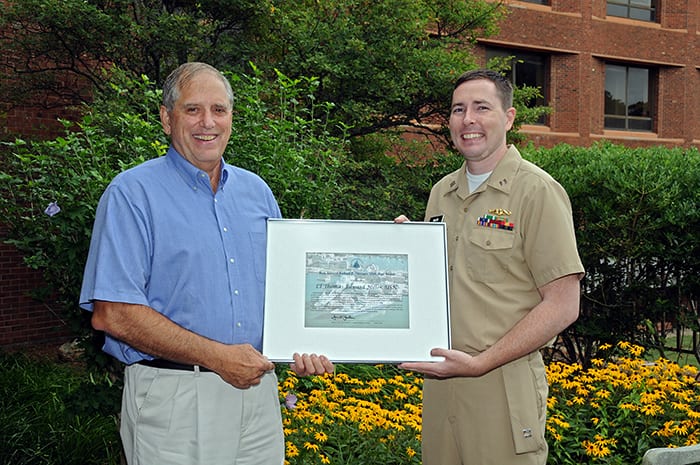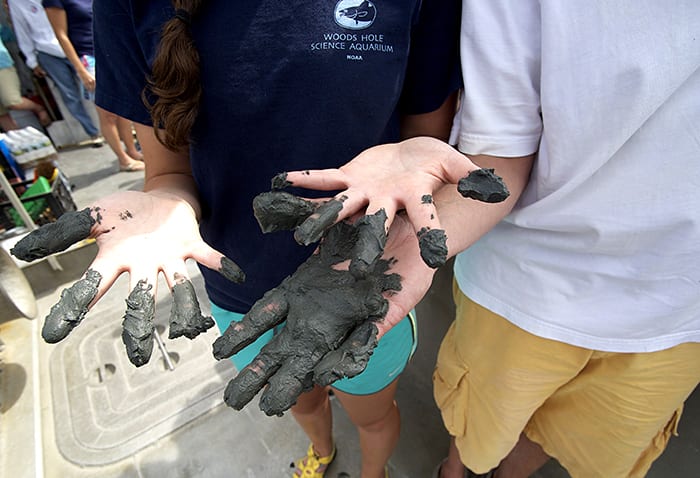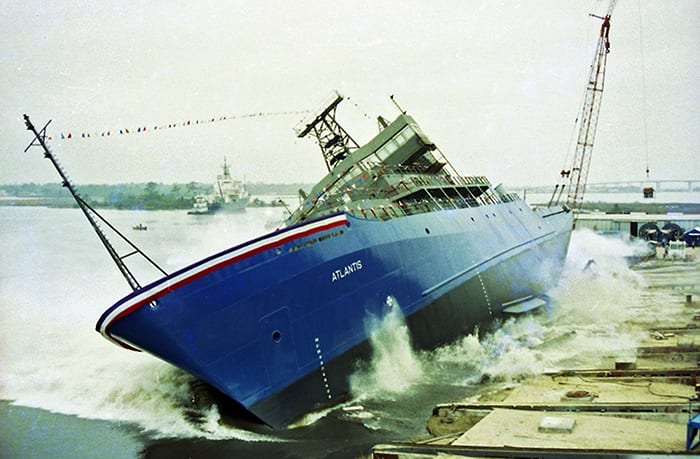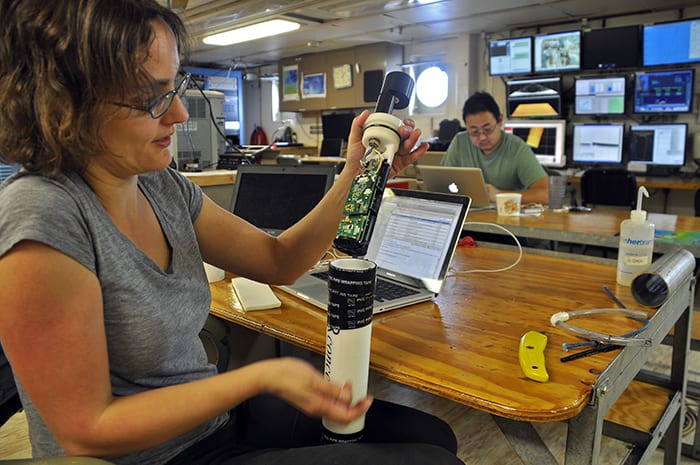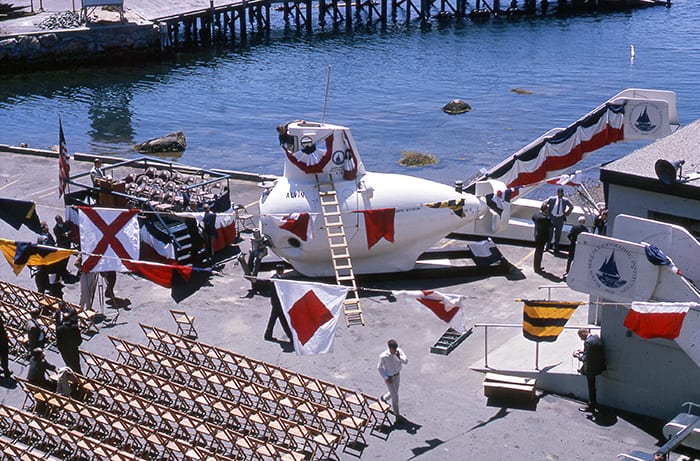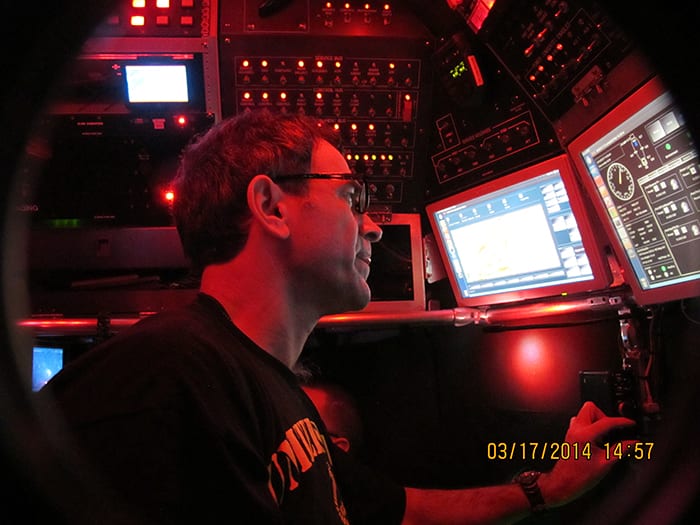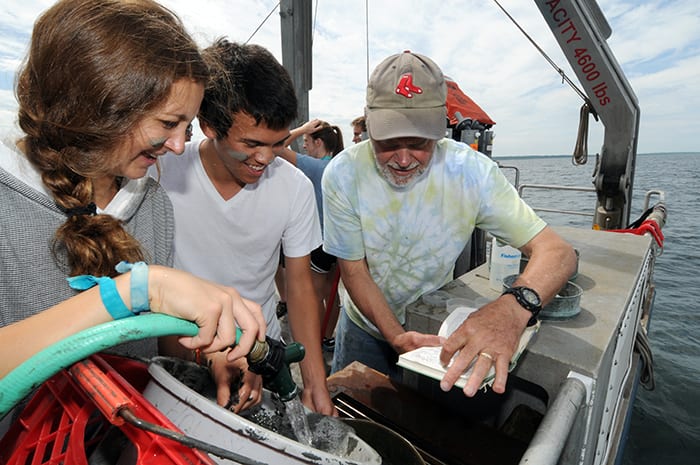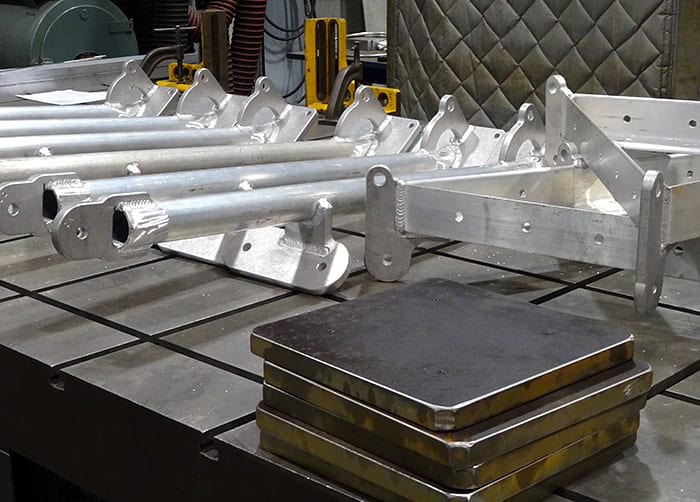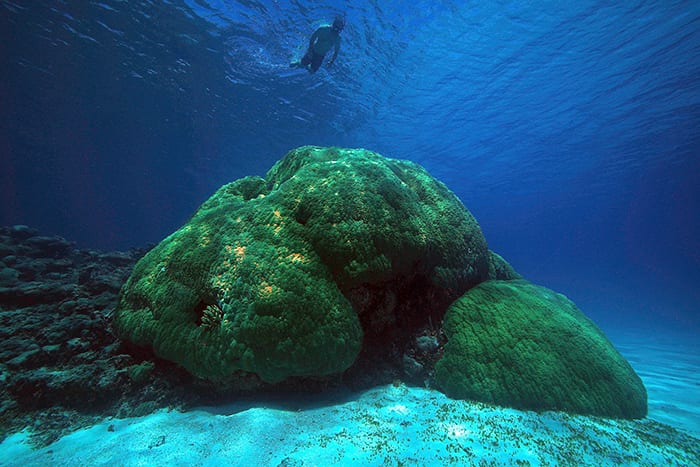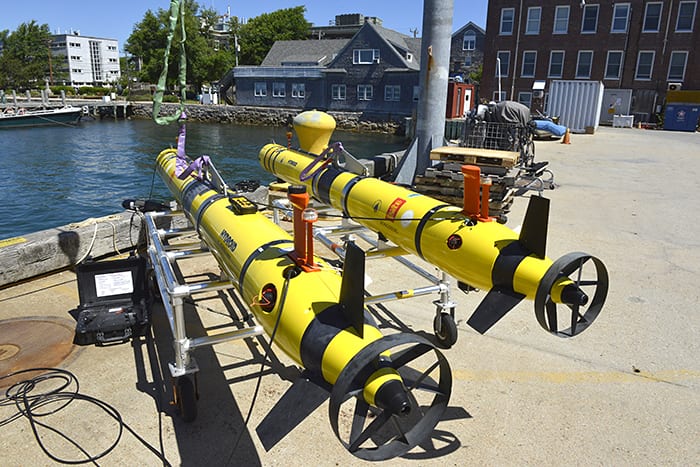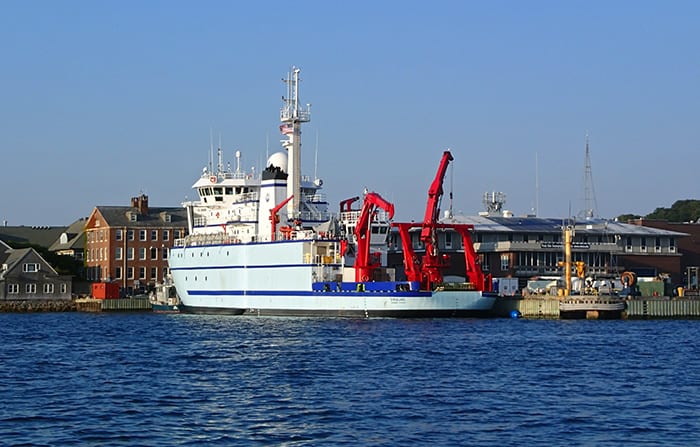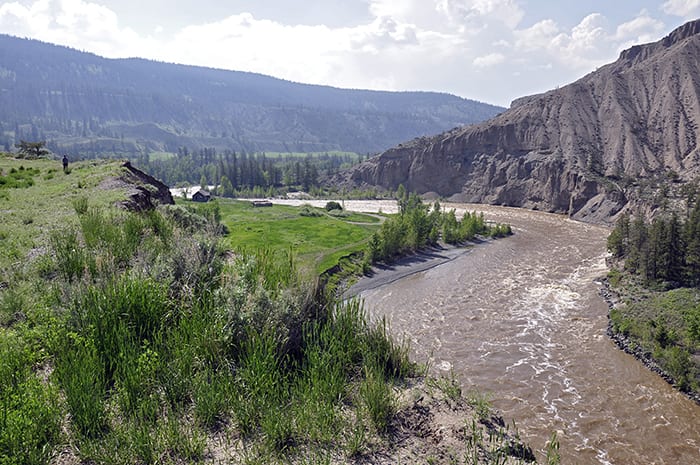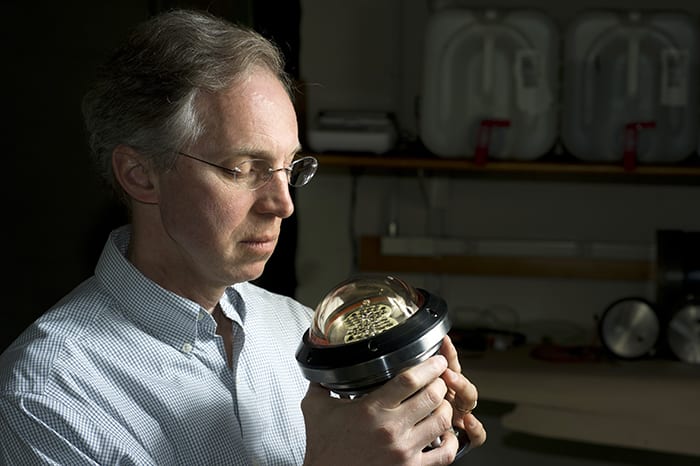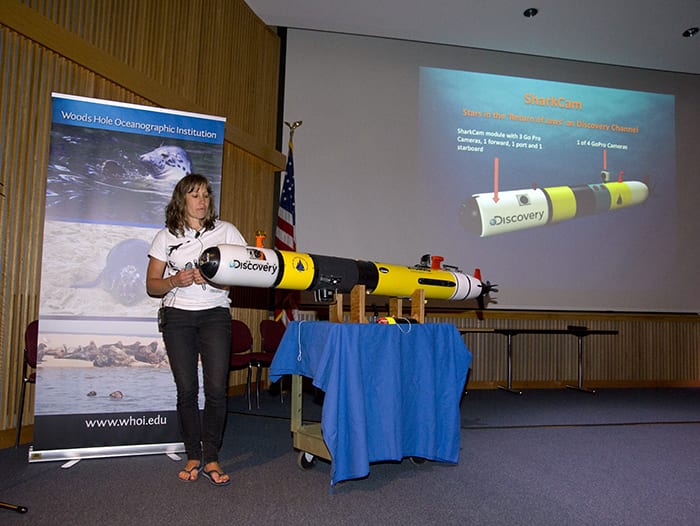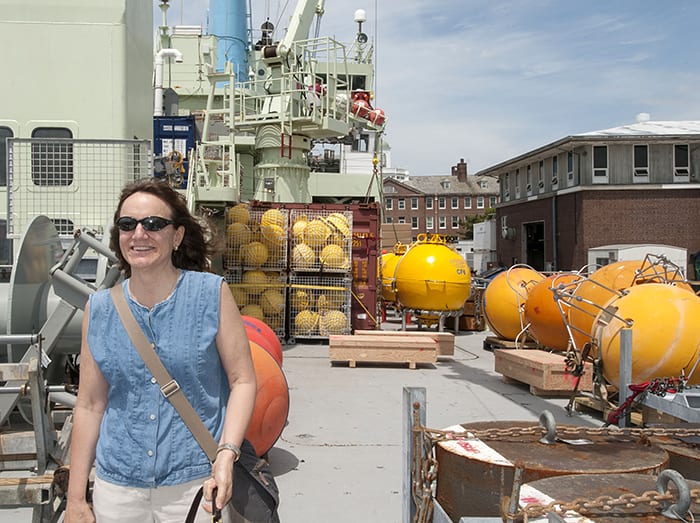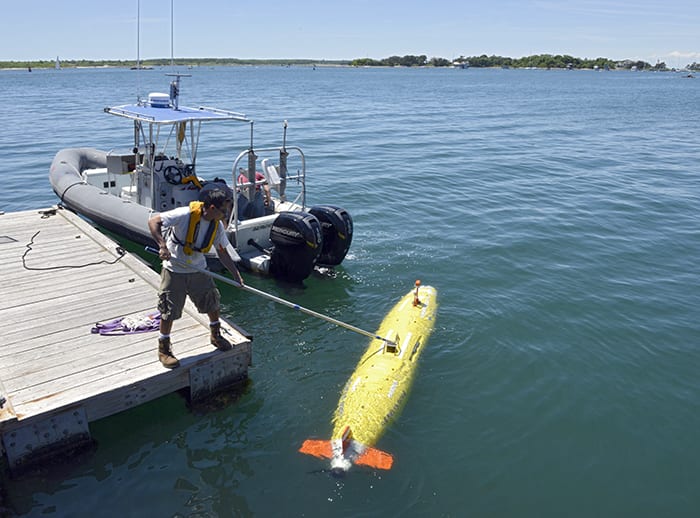Multimedia Items
Sailing for Science
Eyes in the Deep
Implosion!
To investigate the flow of meltwater from glaciers into the ocean, a research team led by WHOI oceanographer Fiamma Straneo installed a mooring in the Sermilik Fjord in […]
Read MoreCharting a Course
Summer Student Fellows (front row, left to right) William Shinevar (Brown University), Lily Helfrich (Northwestern University), Maya Becker (Columbia University), Jacob Forsyth (Bowdoin College), (back row, left to right) Karter […]
Read MoreAdrift
All Mixed Up
Life in an Earthquake Zone
Deep-sea hydrothermal vent sites host dense communities of animals in a food web built on chemical energy from beneath the seafloor. These sites experience frequent disturbances, like volcanic […]
Read MoreSummer is for Students
Each summer, undergraduates from colleges and universities around the world come to WHOI to learn more about ocean science in the Summer Student Fellowship Program. This year, 30 Read More
A Special Honor
James Yoder, Vice President for Academic Programs and Dean, presents the Rear Admiral Richard F. Pittenger Fellowship Award to MIT-WHOI Joint Program student Thomas Miller. Miller, an ocean engineering […]
Read MoreMuddy Good Fun
Each summer, members of the Institution’s 1930 Society roll up their sleeves and participate in science immersion experiences in New York, Boston, and Woods Hole. Here, society members aboard R/V […]
Read MoreLaunch of Atlantis
Equipment Check
The Beginning
Fifty years ago, the research submersible Alvin celebrated its start of service to science in a ceremony attended by hundreds at the WHOI dock. Since then, it has transported […]
Read MoreHumans in the Deep Ocean
Since 1870, when Jules Verne penned his famous novel, 20,000 Leagues Under the Sea, humans have dreamed of exploring the deep ocean. That dream has long since become a reality […]
Read MoreFun in the Mud
WHOI instructor Hovey Clifford (right) shows summer student fellows Maya Becker (Columbia University) and Jacob Forsyth (Bowdoin College) how to rinse down a sample of sediment collected with a grab […]
Read MoreReady for Assembly
Skilled fabricator/welders in the WHOI Mechanical Shop made these parts, which are ready to be assembled into a sturdy tripod that will hold an acoustic doppler […]
Read MoreHidden Treasure
WHOI climate scientist Konrad Hughen and his team located a large Porites lobata coral with the help of local fishermen near the village of Falalis in Micronesia. Hughen’s ship had passed over […]
Read MoreTime for a Dip
Young Sea Ice In Woods Hole
The R/V Sikuliaq stopped at WHOI’s dock on its way from Wisconsin, where it was built, to its home port of Seward, Alaska. Capable of breaking ice up to 2.5 […]
Read MoreRiver Detectives
Canada’s Fraser River transports more than water—it also transports clues that can help scientists understand the global carbon cycle. As the river winds from […]
Read MoreAlvin and the Wet Wi-Fi
Sound has traditionally been the communications medium of choice in the ocean, but engineers at WHOI, including Norm Farr (pictured) developed an underwater “optical modem” that uses light to transmit […]
Read MoreChasing Great Whites
Engineer Amy Kukulya introduced the REMUS SharkCam at a public event in 2013 describing WHOI’s research on sharks and seals. he Discovery Channel commissioned the Read More
Pre-flight Check
Yellowfin REMUS
WHOI engineer Daniel Bogorff launches a REMUS 6000 off of the Institution’s dock in Woods Hole’s Great Harbor. Equipped with high-resolution bathymetric scanning technology and an […]
Read More
